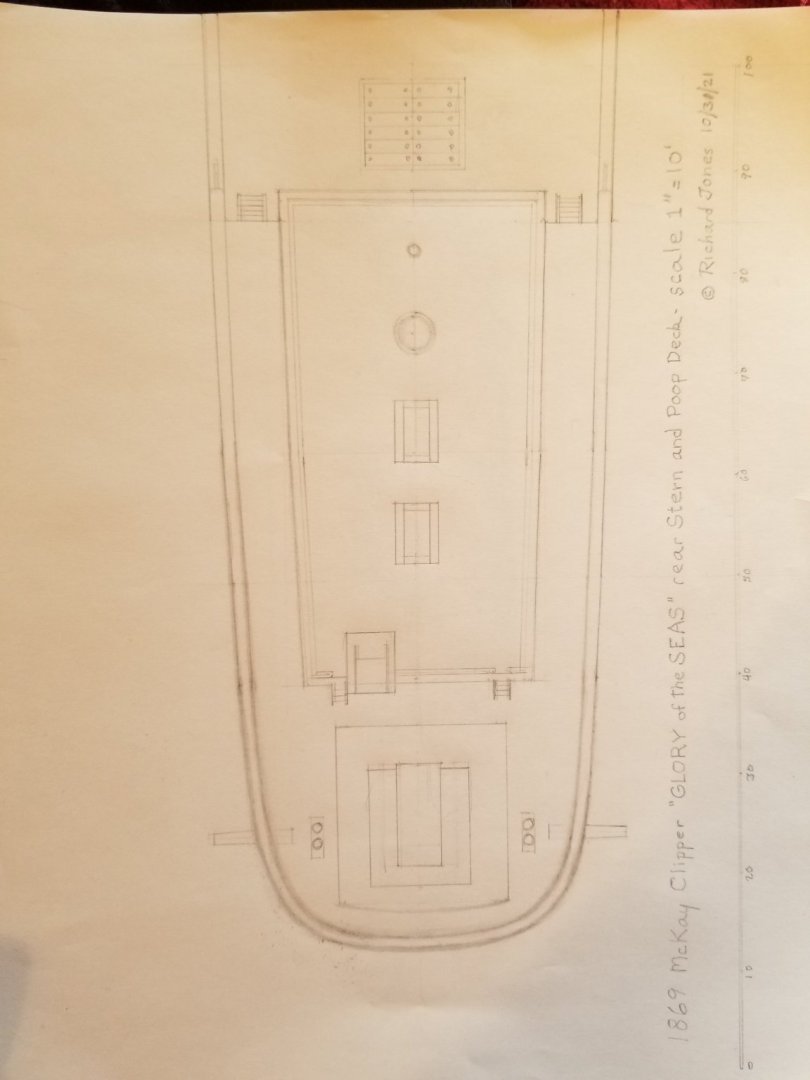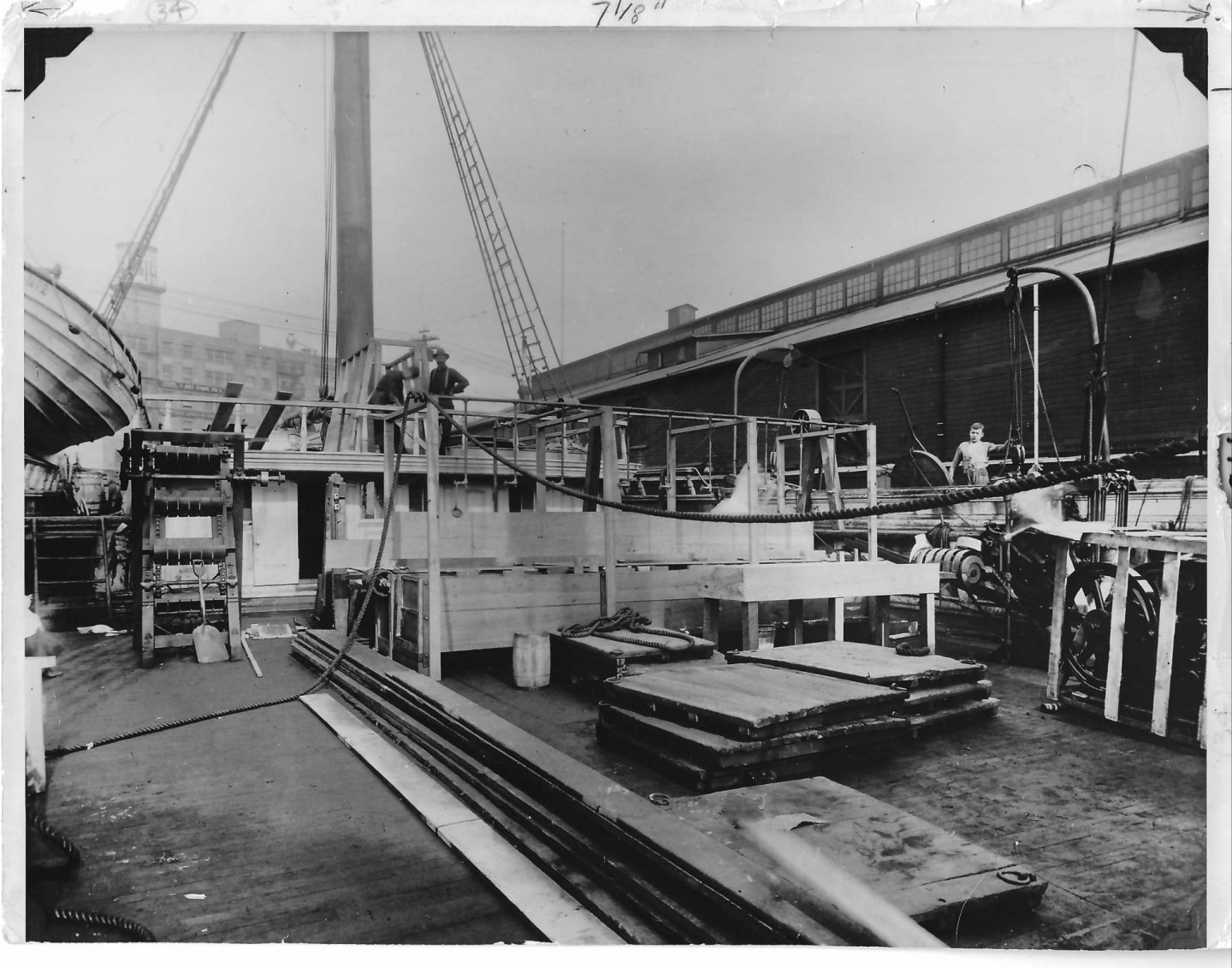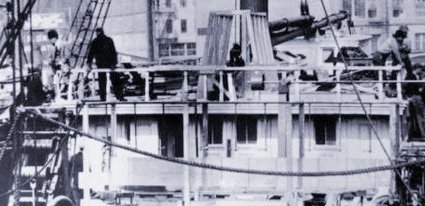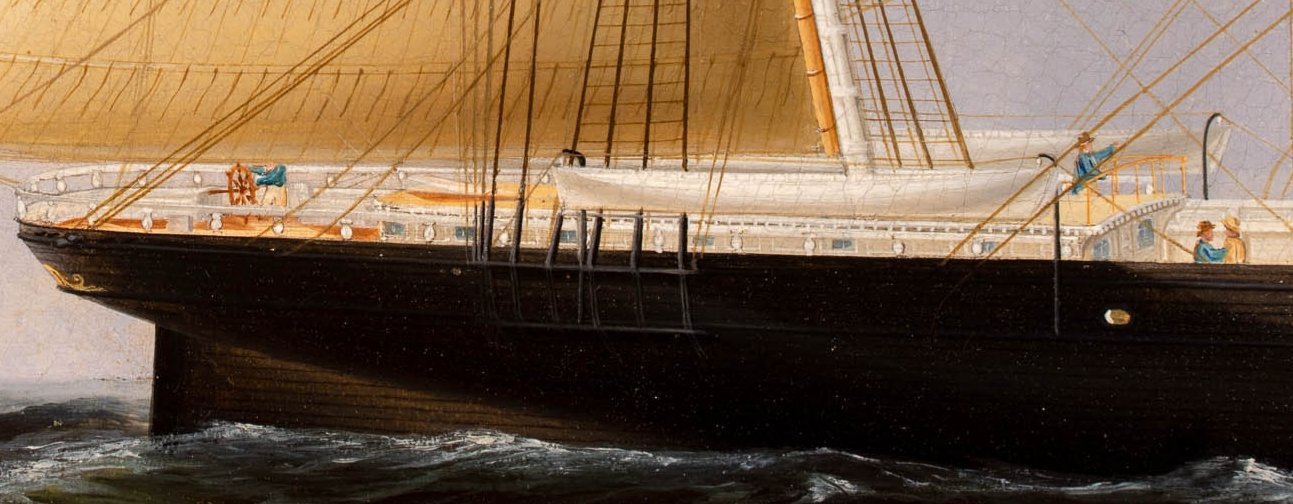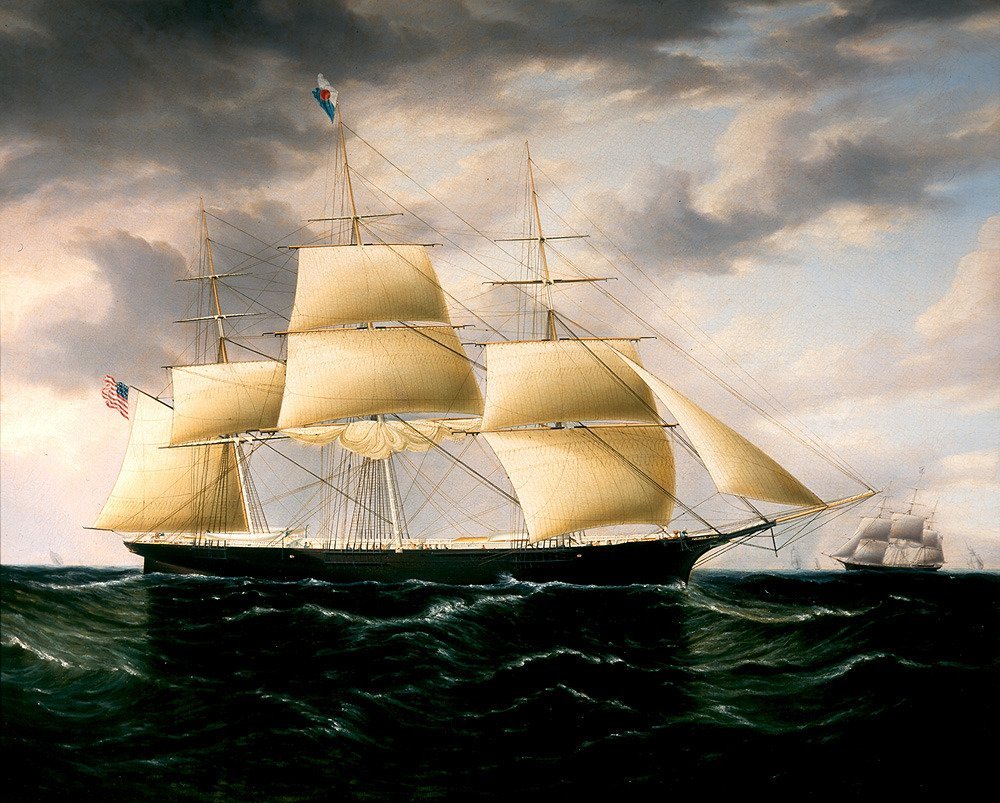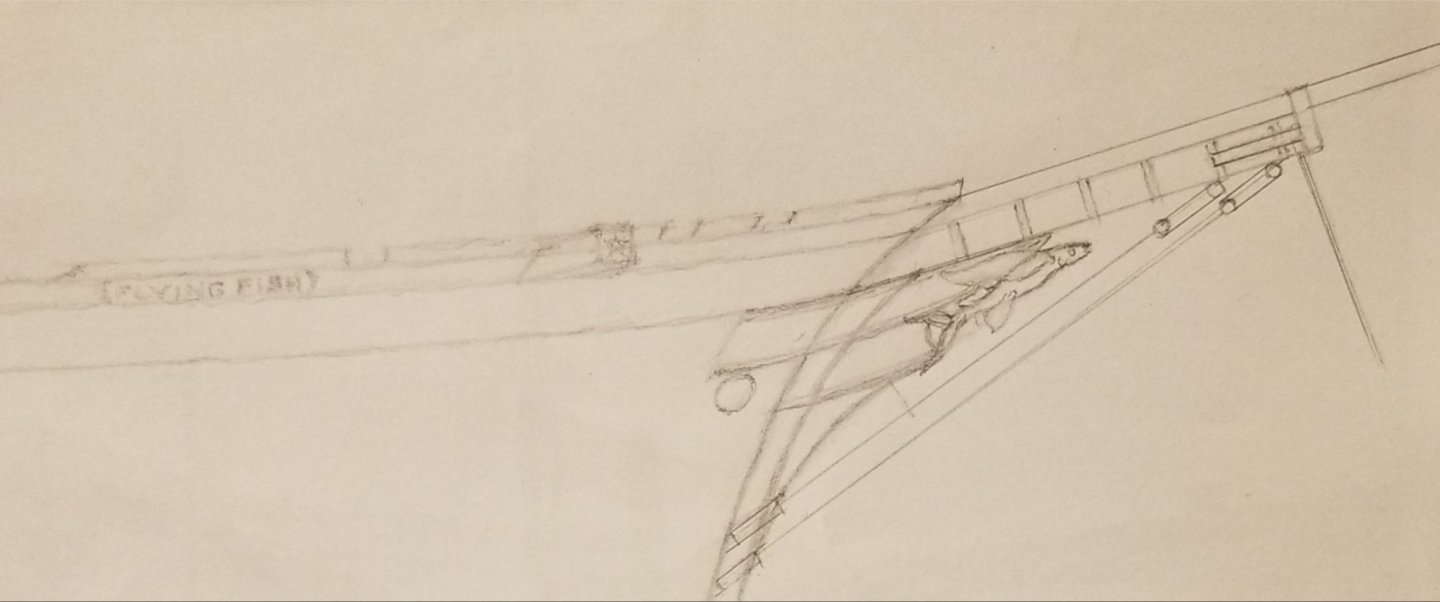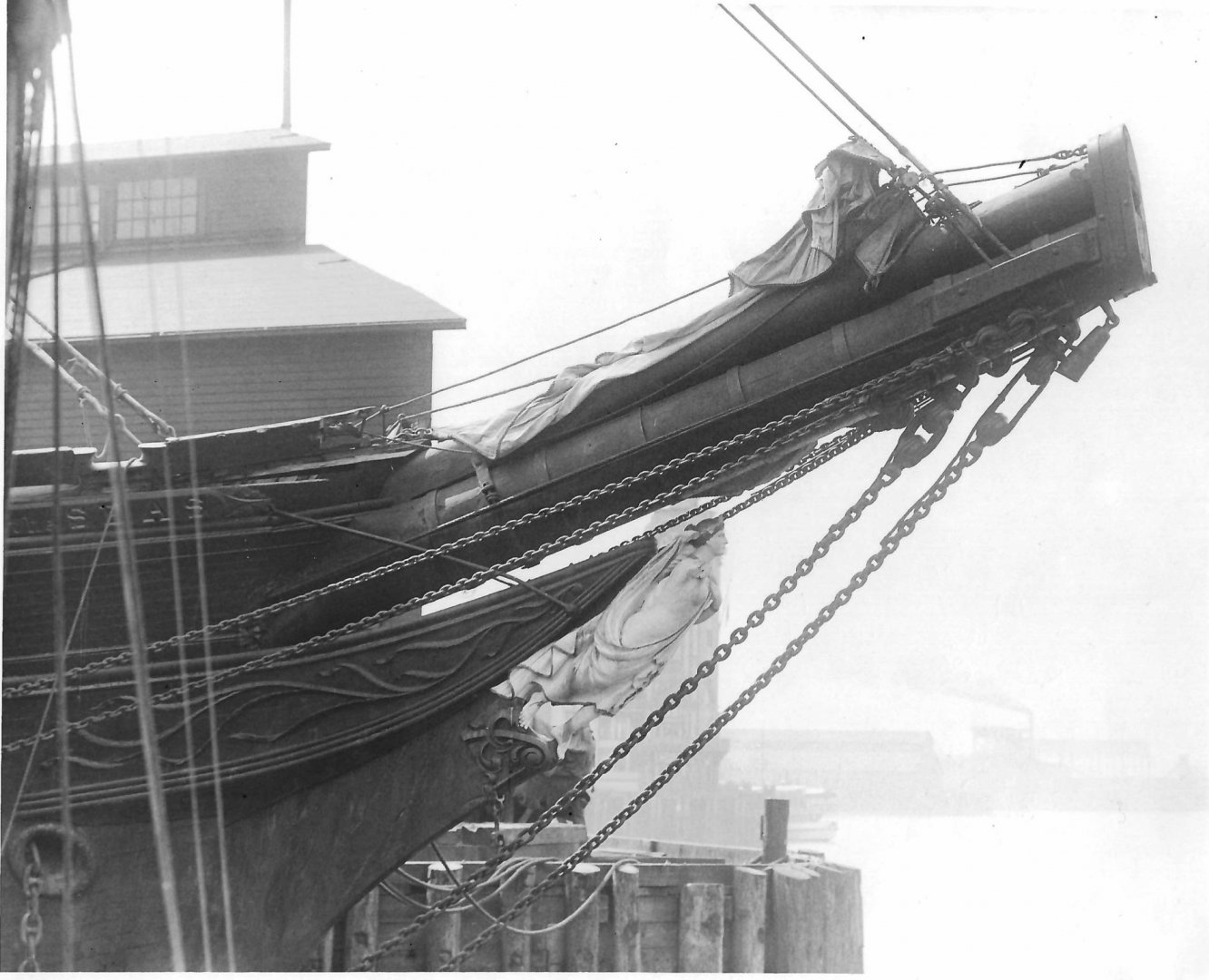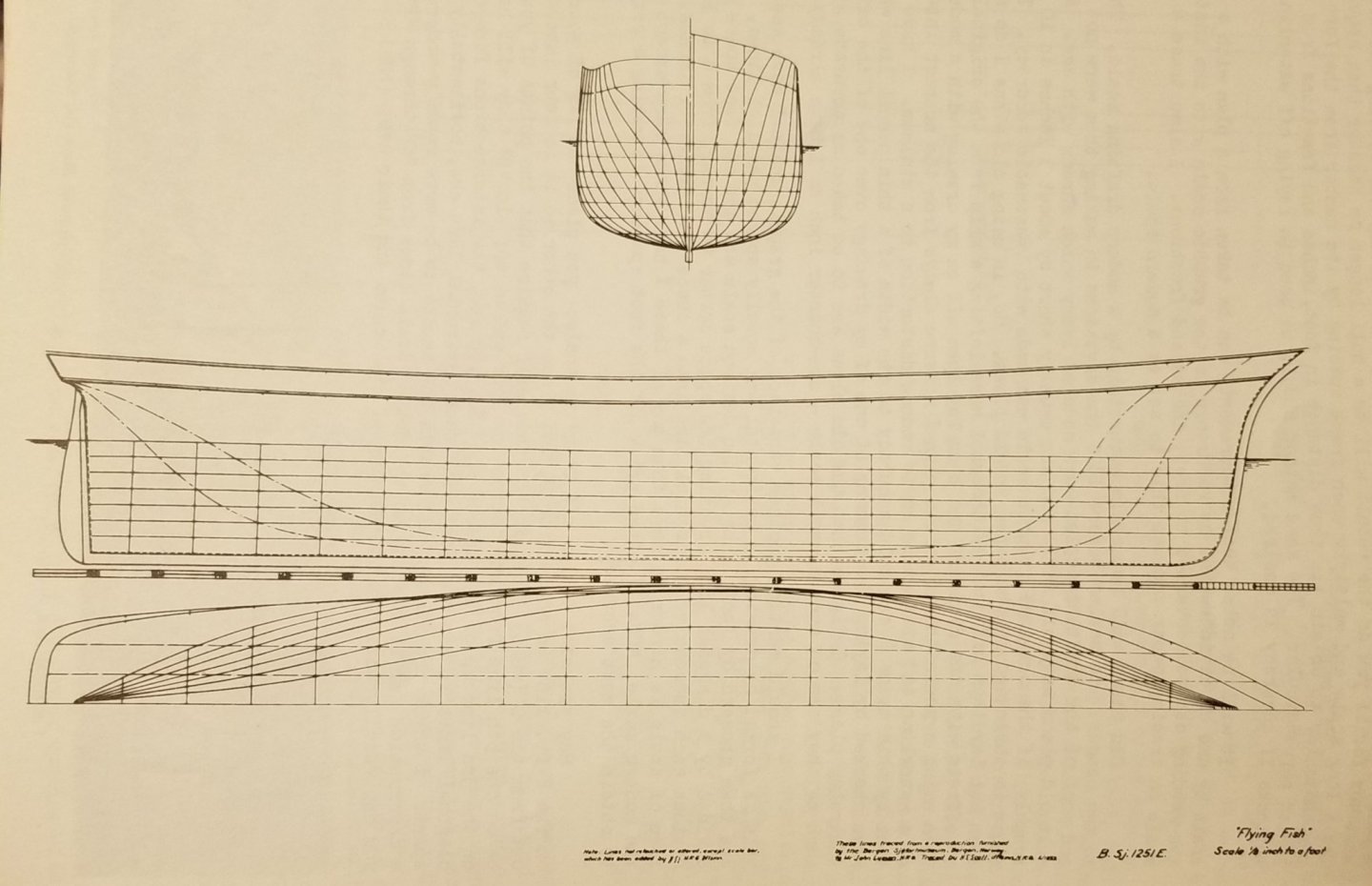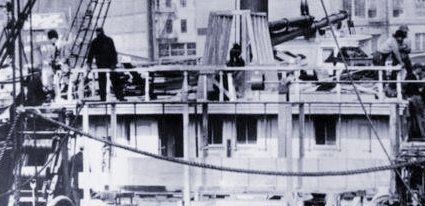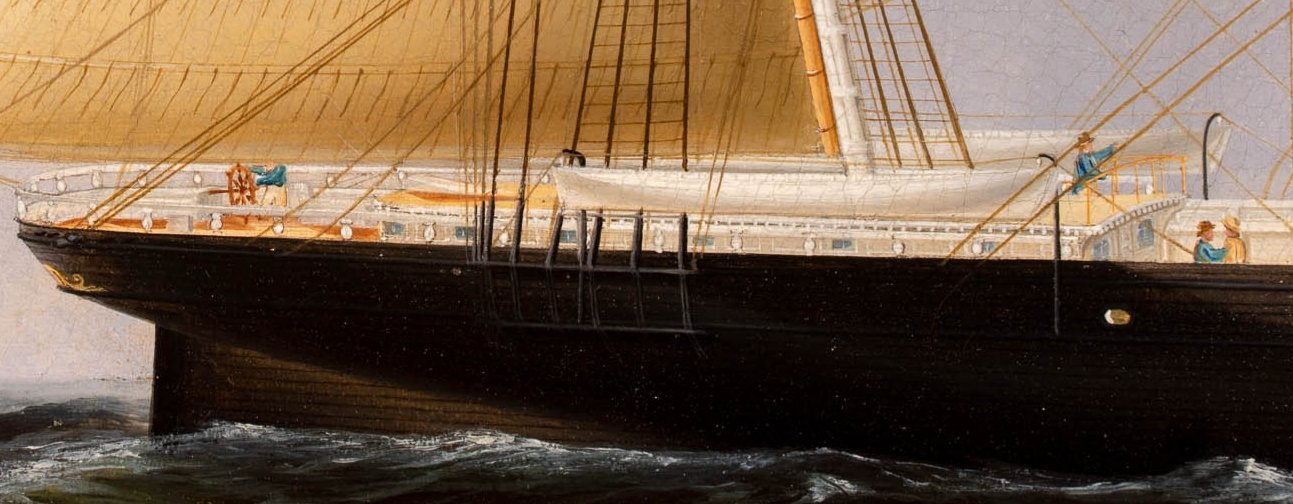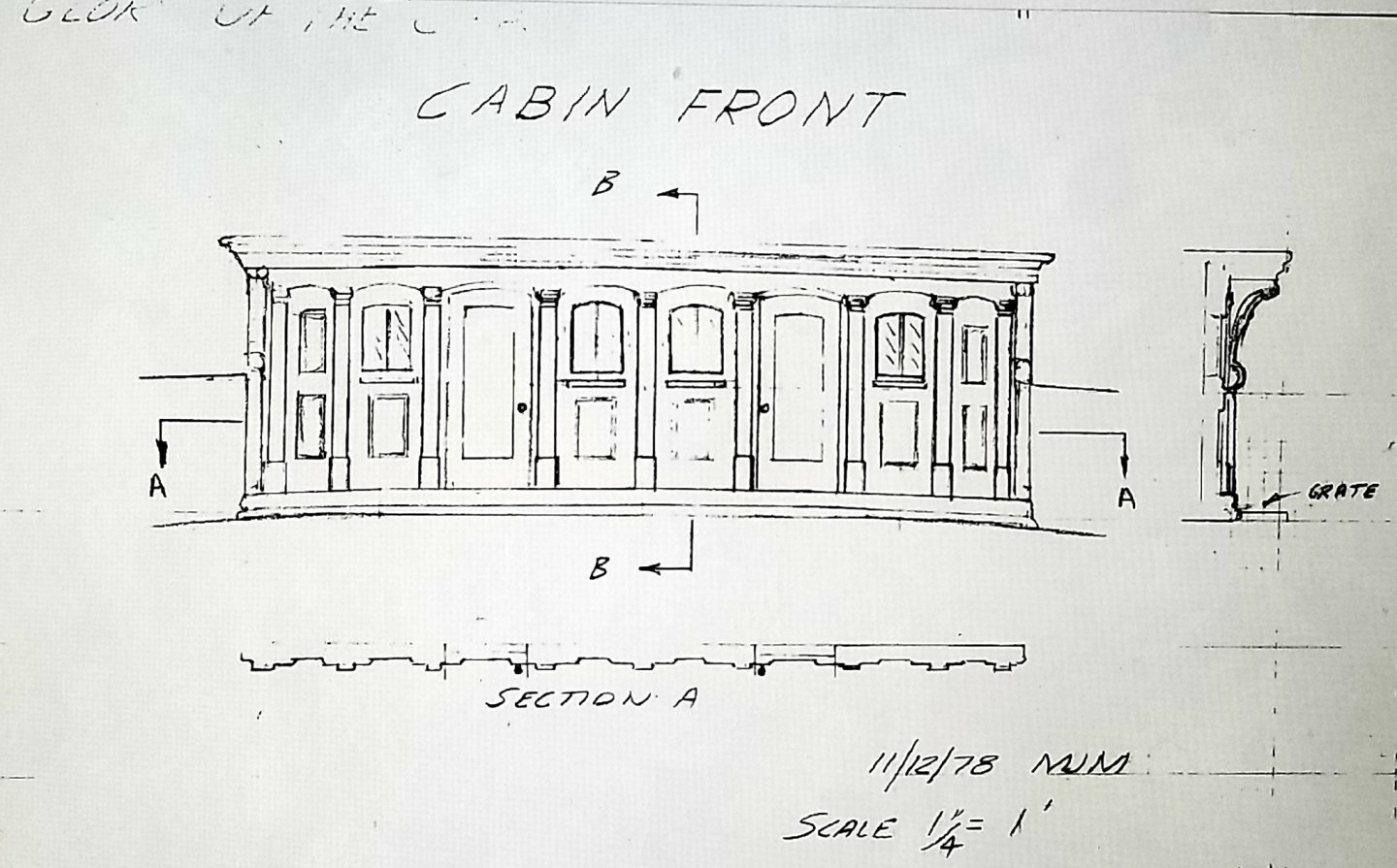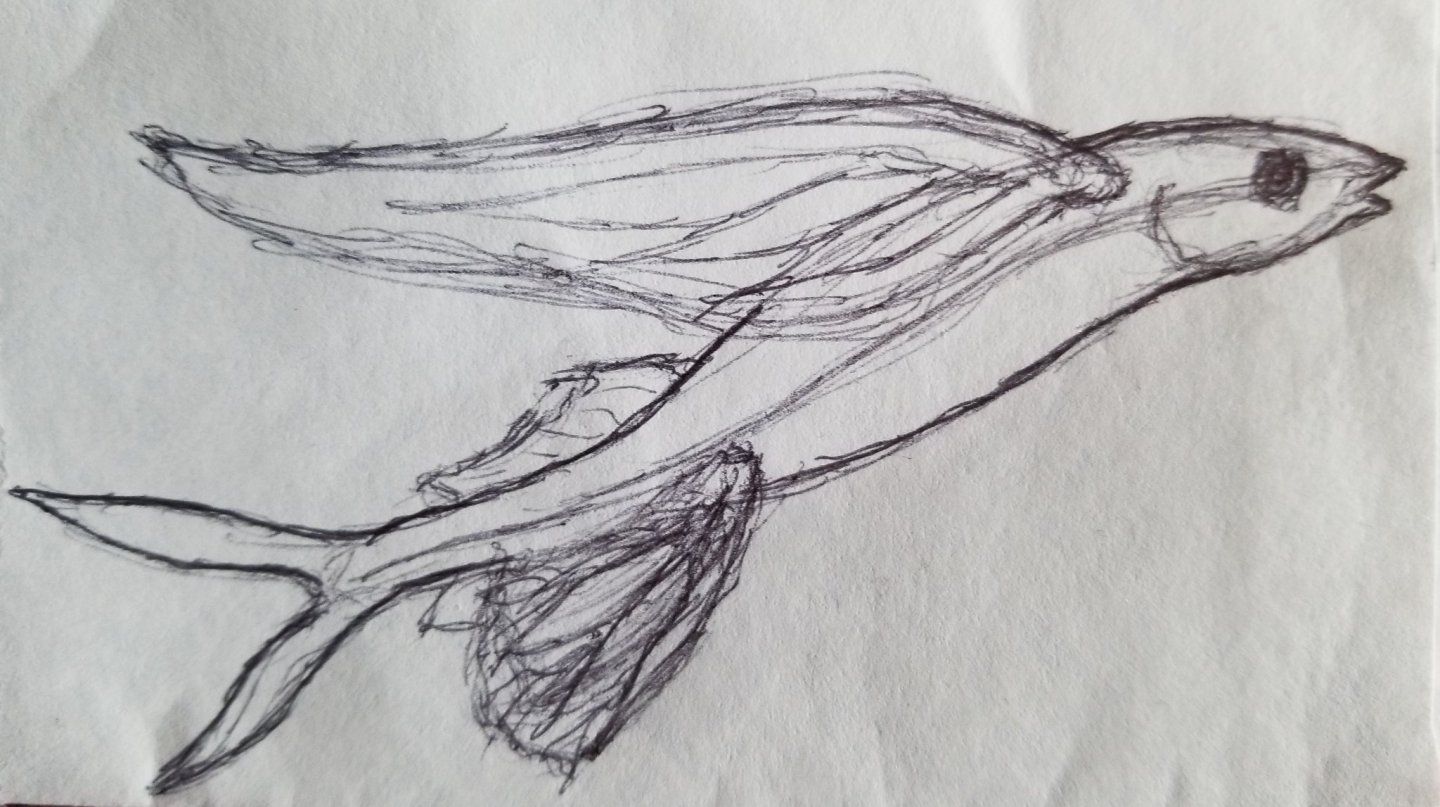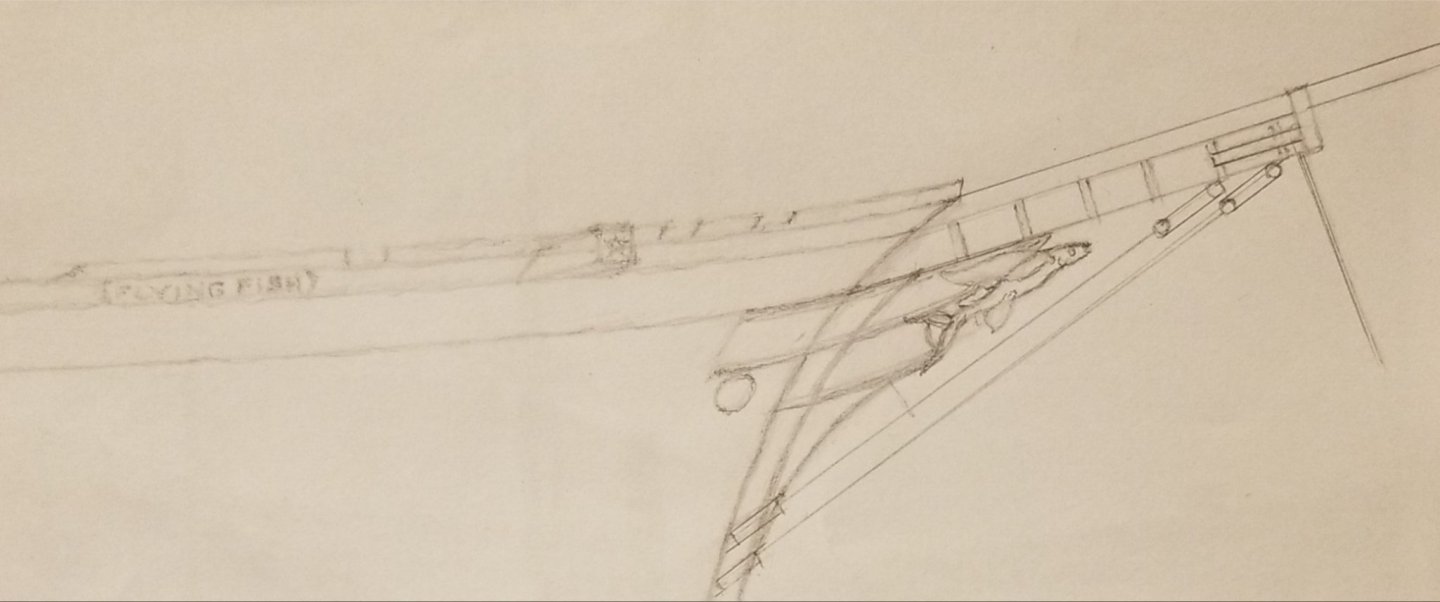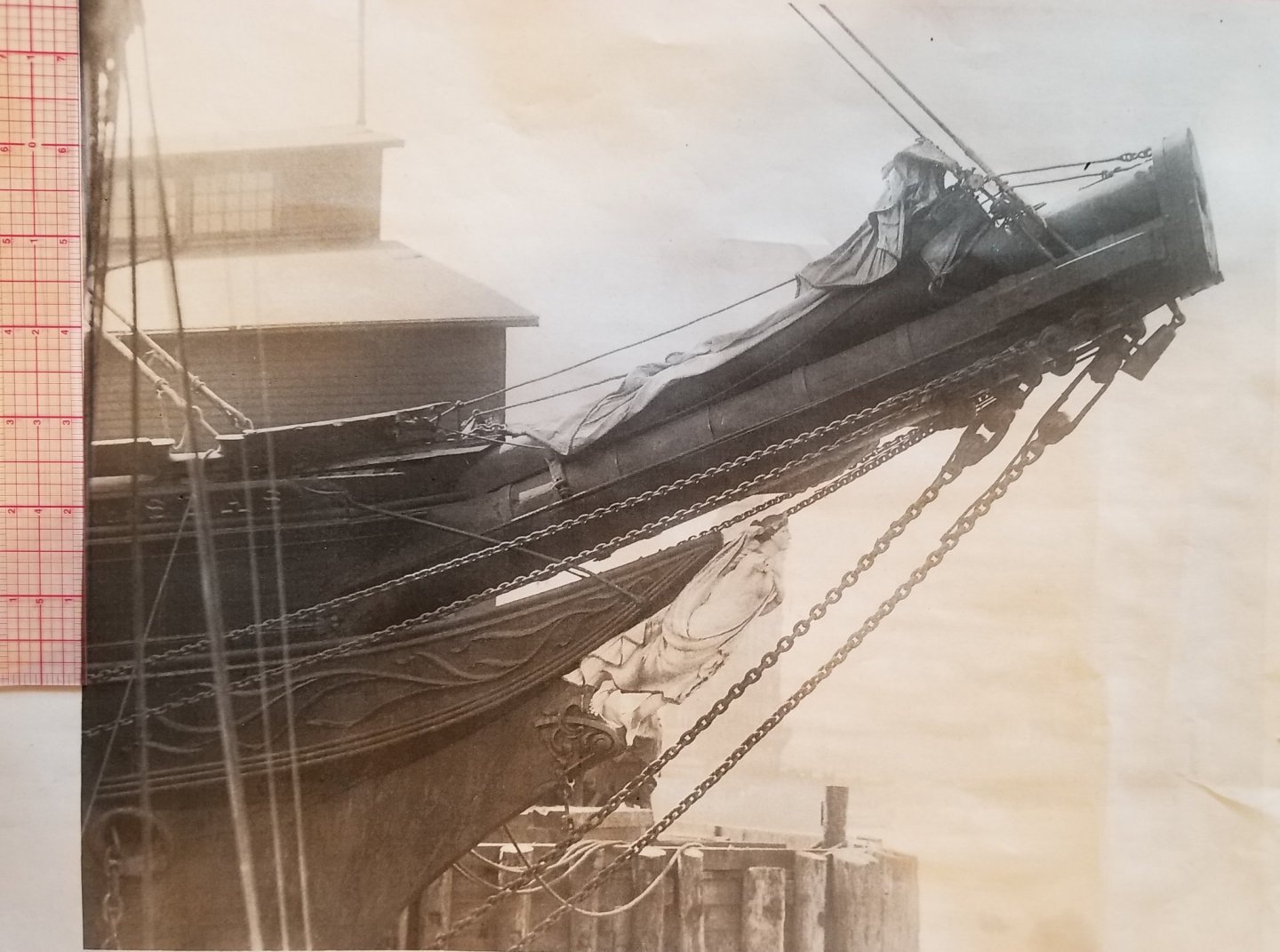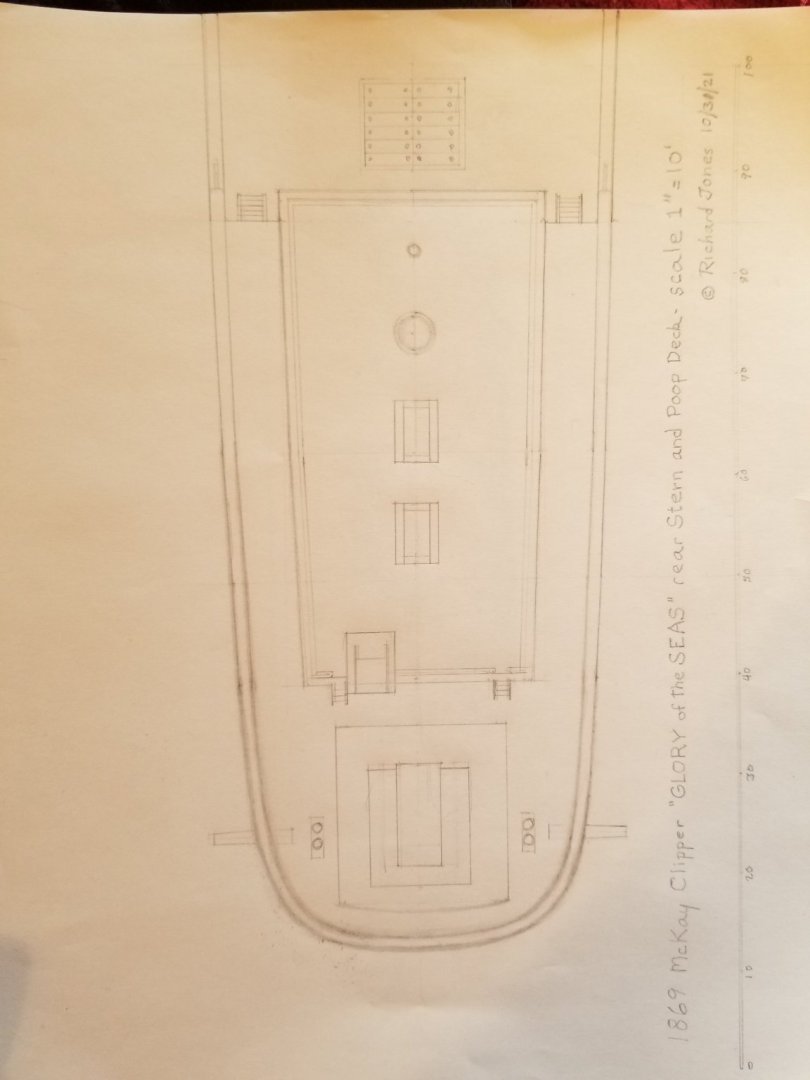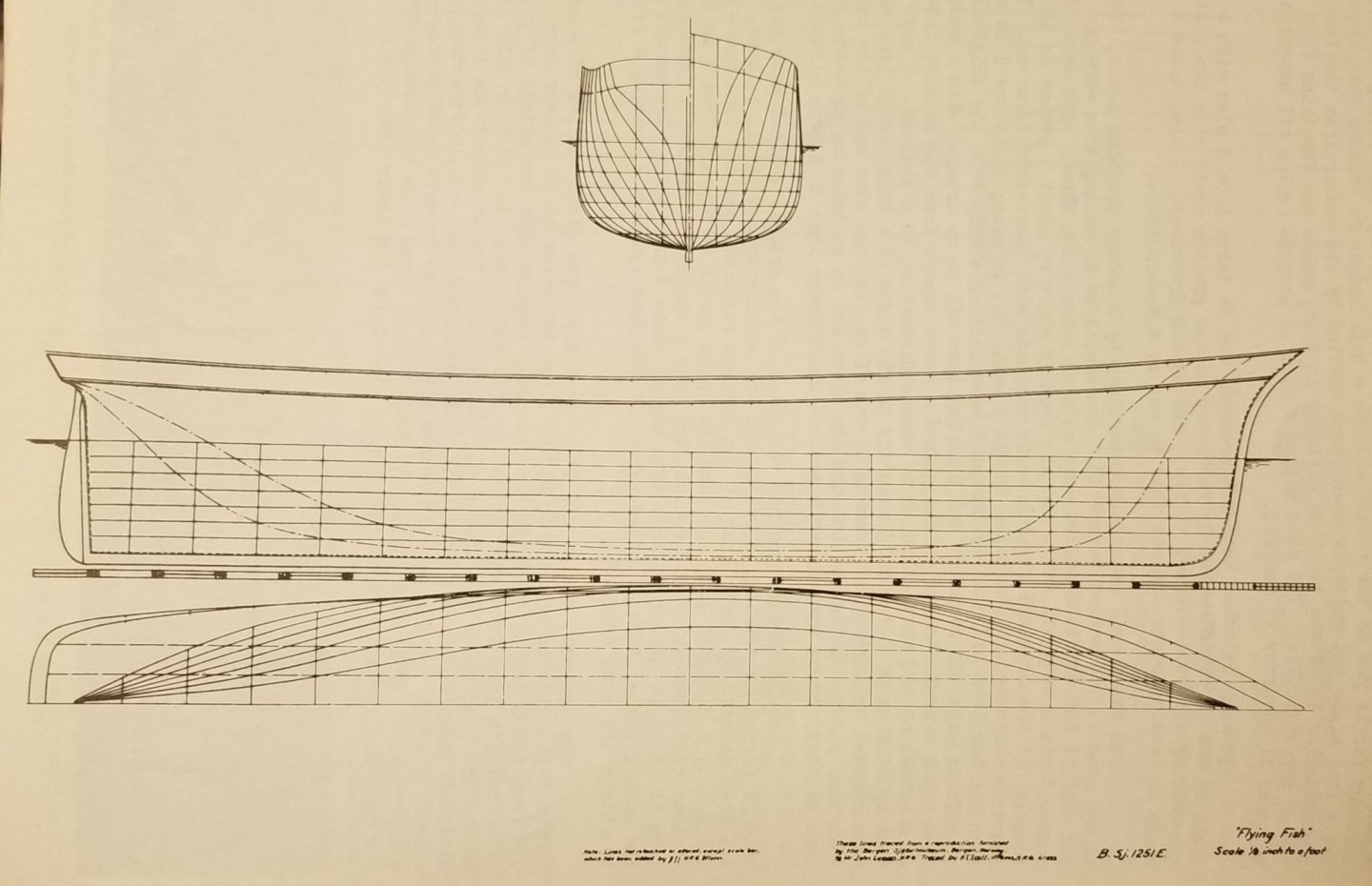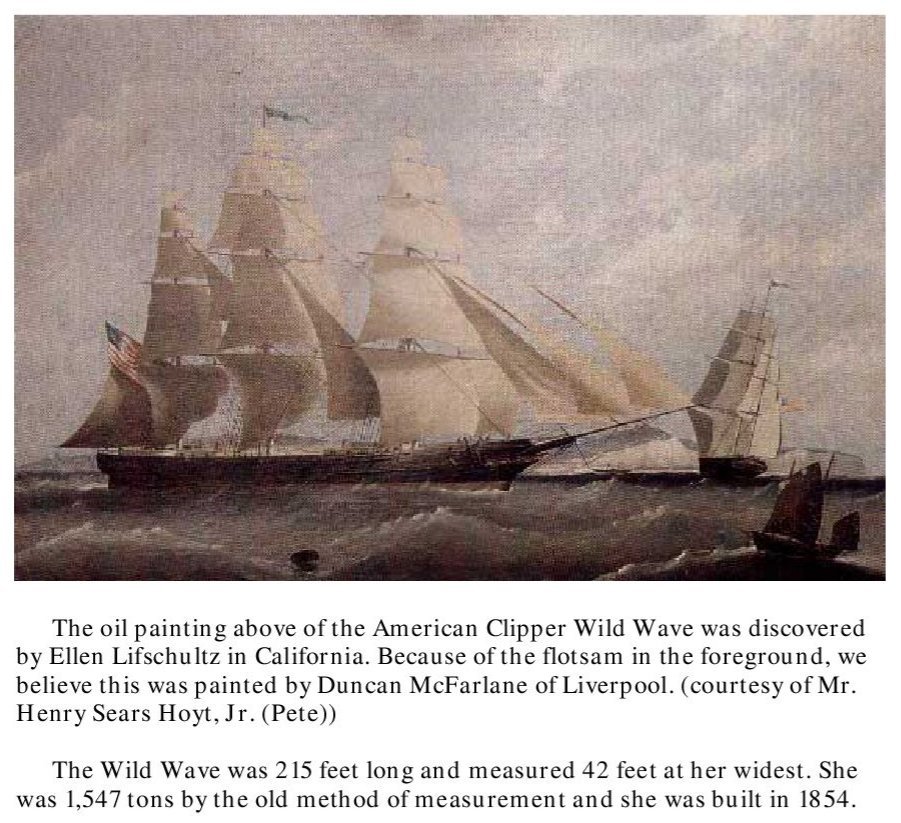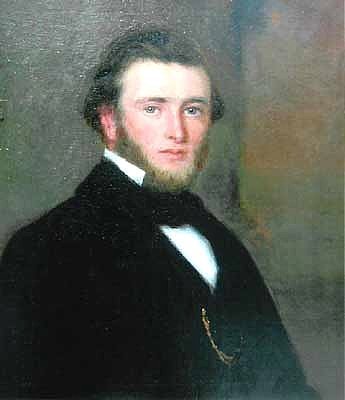-
Posts
2,152 -
Joined
-
Last visited
Content Type
Profiles
Forums
Gallery
Events
Everything posted by ClipperFan
-
Rob, I remember reading in both of Michael's books about the height of all Glory's masts being reduced in height on more than one occasion. This was a natural progression for most sailing vessels during their lifetimes. Most likely it was done to relieve stress and combat keel hogging on their aging hulls. I wonder if we have the accurate date of the San Francisco dock scene. You keep referring to it as 1877, which would make her 8 years old. Her lofty rig doesn't appear to have been reduced yet. Is there any chance this scene could have been earlier, 1872 for instance?
- 3,560 replies
-
- clipper
- hull model
-
(and 2 more)
Tagged with:
-
Rob, it's very exciting to see Glory's magnificent rigging coming together at last!
- 3,560 replies
-
- clipper
- hull model
-
(and 2 more)
Tagged with:
-
Rob, that makes perfect sense. Of course, you could always paint those items bright red! 😉
- 3,560 replies
-
- clipper
- hull model
-
(and 2 more)
Tagged with:
-
George, this sketch has been traced directly from the source in the BergenSjofort Museum, Bergen, Norway. I've also referred to the Buttersworth painting to keep the sweep of the Cutwater as similar as possible. In the case of "Glory of the Seas" a Medium Clipper 265' over all, her figurehead is exactly 7 & 1/2' (90"). Since "Flying Fish" an Extreme Clipper with 220' length, her figurehead would have been proportionally smaller. I estimated 6' which is how it's depicted. Since this is a full bodied sculpture, it's possible the fish might have had a wriggle to it, as well when viewed from above. In Duncan MacLean's simple description, he merely mentions the figurehead's paint scheme as being burnished with gold and green. Real flying fish are darker on top, lighter around the middle and the bottom. Their wings were really transparent with a lovely butterfly vein pattern. Of course, working to scale, this sculpture will be 6/8ths" or more accurately 3/4ths" so the amount of detail you can fit in will be negilgible. Some interesting discoveries Rob and I made with his Glory project would most likely translate to your ship as well. As Rob pointed out to me, the sheerline moldings were mounted to the top of the upper deck waterways, which were 12" square. While her internal bulkheads were 4 & 1/2' (54") to main molding, her exterior would have been 8 & 1/2" shorter (45 & 1/2") since waterways were inset below the 3 & 1/2" decking. How exactingly you want to treat this is up to you. The naval hoods on Glory were 3 & 1/2' in relation to a 4' exterior, this same relationship would follow for "Flying Fish" would be roughly 6 " shallower. That would be around 39 & 1/2" deep. In my sketch, it turns out that positioning the tip of the naval hoods under band #2 allows everything else to line up. I suggest doing paper mock ups first to see how it all fits together. A couple other insights from our project. The entrance of the bowsprit into the Hull isn't round, it's oblong so that this massive spar can't rotate. The entrance of the inner Jibboom is also oblong but it's also slightly narrowed at the top to fit neatly into the fancy rail entrance in the forecastle. I hope this helps you envision this more ornate bow easier.
- 602 replies
-
- Flying Fish
- Model Shipways
-
(and 2 more)
Tagged with:
-
Rob, this looks real sharp. My one observation is that the black color scheme most likely would have included the lower section of the top gallant mast too. The appearance would be more uniform then.
- 3,560 replies
-
- clipper
- hull model
-
(and 2 more)
Tagged with:
-
George, since your "Flying Fish" is 1:96 scale, Revell "Cutty Sark" or "Thermopylae" is the same scale. Wouldn't those life boats work just as easily?
- 3,560 replies
-
- clipper
- hull model
-
(and 2 more)
Tagged with:
-
Rob, it's nice to see you back in action on Glory again. As usual, you do such a clean, professional job. I'm beginning to really appreciate those distinctive red bands, they really are different!
- 3,560 replies
-
- clipper
- hull model
-
(and 2 more)
Tagged with:
-
Rob, Vladimir I just got this digital reprint from the UK of all places. It's printed as a 3" × 5" postcard. I'm sure the subject matter will be instantly recognizable to everyone.
- 3,560 replies
-
- clipper
- hull model
-
(and 2 more)
Tagged with:
-
Rob, one of the toughest challenges with this evaluation process is to admit to your own "confirmation bias." Which I am now compelled to do. It always seemed odd to me that a lifeboat davit would be mounted within the Shrouds but not being familiar with these vessels other than rudimentary glances and since it was also illustrated in Mike's book, I figured it had to be right. Now I have yet another correction to make of my supposedly "painstakenly accurate" 1:96th scale drawing.... Thanks a lot! 😉
- 3,560 replies
-
- clipper
- hull model
-
(and 2 more)
Tagged with:
-
Rob, in an effort to show what I'm seeing, I've cropped and sharpened the image of Glory beached at Endolyne. Just above the capital "A" is the Starboard fore davit. It's about midway between mizzen and Main Shrouds being just Between mizzen deadeye shrouds #4 & #5 is the clearly visible aft davit. The distinctive curve at the top is too clean to be a tree branch. Mike also illustrated off balance boat launch davits in his illustrations. I understand what you're saying about the other photo but the front angle doesn't give enough definitive evidence to really compare it to anything.
- 3,560 replies
-
- clipper
- hull model
-
(and 2 more)
Tagged with:
-
Rob, From these two photos, to me it looks like the mounting location for the Starboard Davits never changed from Glory's launch in 1869 until her hull was beached in 1923. The aft location remained within the Mizzen Shrouds and the fore was behind the Main Shrouds. That means the Davits were offset throughout Glory's career, as the Port location was further forward with the after most being just ahead of the wrought iron hand rail and the foremost being much closer to the Main Shrouds. It doesn't appear like these Davit mounting locations changed at all during her entire long career.
- 3,560 replies
-
- clipper
- hull model
-
(and 2 more)
Tagged with:
-
Rob, whenever I see truly furled sails on Tall Ships, it always amazes me how tight and uniform "Shipshape & Bristol fashion" the crew manages to get them. The challenge for the modeler is to capture this authenticity to scale. I think in this case, a "less is more" approach would suit best. For instance, compare the size of your mouse ears to the actual much ones on Glory herself.
- 3,560 replies
-
- clipper
- hull model
-
(and 2 more)
Tagged with:
-
Rob, Vladimir and to everybody else who follows this "Glorious" build, have wholesome, happy and above all safe Holiday Season.
- 3,560 replies
-
- clipper
- hull model
-
(and 2 more)
Tagged with:
-
George K, I hope you had a pleasant Thanksgiving get together with family. It's truly become one of my favorites. Quite possibly because it's at heart a simple feast where there are no outsized expectations than enjoying good food and company. Thanks for your progress update. Your personal builds are more authentic and believable than the Britannia castings, which really don't look that bad either this time.
- 602 replies
-
- Flying Fish
- Model Shipways
-
(and 2 more)
Tagged with:
-
Finally our friend Michael Mjelde shared an amazingly sharp image of Glory's Stern which settles forever the question of the full structure of a McKay Rear House. Contrary to the kit's rectangular plan, the actual vessel's house narrowed as it followed the thinning contours of the ship in order to keep the walkways consistent for working of the ship.
- 57 replies
-
- Flying Fish
- Model Shipways
-
(and 1 more)
Tagged with:
-
Another divergence with the kit's plans has to do with her large Rear Carriage House. As you can see in these several pictures (all photos courtesy of eminent author Michael Mjelde) Glory's front fascia is far more ornate and incorporates 4 large 2' high by 1 & 1/2' wide windows surrounded by multiple carved arches. Included is author Mjelde's own sketch of this beautiful design. A famous oil of James E Buttersworth, commissioned by Sampson & Tappan of Boston, owners of "Flying Fish" to celebrate her phenomenal first place finish in the 1853 "Great Deep Sea Derby" from New York to San Francisco when she completed the journey in 92 days and 4 hours. She out sailed 14 other crack Extreme Clippers including 3 other McKay Clippers. The front fascia of the vessel in Buttersworth's powerful painting is far more ornate than the plans of the kit. There are 2 large arched windows on either end, elaborate carving and what appears to be twin arched doors with identical pillars as on Glory. Another fascinating feature is a type of "gingerbread" in the form of small spheres completely surrounding the structure. Even the partial wrought iron guard rail is depicted and appears to be painted gold.
- 57 replies
-
- Flying Fish
- Model Shipways
-
(and 1 more)
Tagged with:
-
Donald McKay was notoriously secretive about his nautical designs. Case in point: the treatment of his Clipper Ship prows. In the contemporary descriptions by Boston Daily Atlas publicist Duncan MacLean, he goes into great detail to describe the McKay Bow, first introduced on his prototype Extreme Clipper "Staghound." He also comments on the superiority of these rugged nautical devices designed to take on the toughest Seas of the world while rounding Cape Horn. Yet all of today's models don't incorporate them at all. I've included a photo of the Bow of "GLORY of the SEAS" so you can see how her Naval Hoods and Cutwater blend gracefully with her Grecian Goddess 'Athene' figurehead. Unfortunately all of this has to be scratch built since your kit only has the Stem. I've sketched a more accurate, lifelike flying fish figurehead and illustrated how your "Flying Fish" Clipper would have actually appeared with her prow fully reconstructed. This little sketch isn't totally to scale, so I will follow up with one that is.
- 57 replies
-
- Flying Fish
- Model Shipways
-
(and 1 more)
Tagged with:
-
campbewj I hope you don't mind some observations I've already shared with others in the process of building this magnificent kit. I'll start with an actual tracing of this vessel's lines, which originates from Bergen Sjofort Museum, Bergen, Norway. This was discovered in a Nautical Research Journal.
- 57 replies
-
- Flying Fish
- Model Shipways
-
(and 1 more)
Tagged with:
-
Bradley, another area of dispute I have with the kit plan is a quite plain front fascia of her Rear Carriage House with a sole horizontal port window. Compare it to the far more ornate front fascia with dual arched windows on either side of what appear to be dual doors of the same Carriage House of "Flying Fish" as depicted in the famous painting of her by James E Buttersworth. His stunning oil was commissioned by her owners Sampson & Tappan of Boston in a truly unique celebration. It was done to forever commemorate "Flying Fish" achieving a stunning First Place Finish in the 1853 "Great Deep Sea Derby" wherein she out raced 14 other 'crack' Extreme Clippers including two other McKay vessels! I've included a couple of Michael Mjelde images of the real front fascia of "GLORY of the SEAS" which confirms that these larger arched 2' × 1& 1/2' windows were indeed used on board. Michael Mjelde's own sketch of Glory's front fascia is included to give you an idea of how truly ornate these vessels actually were.
-
George who's also building the "Flying Fish" expressed disappointment with the kit supplied figurehead. Here's an alternate, far more realistic Flying Fish figurehead. It has always been a pet peeve of mine that every model I've seen of this vessel only features the bare Stem while omitting substantial Naval Hoods and Cutwater which she would have been equipped with too. Here's how these nautical devices would have mounted to the Stem. This sketch is just to illustrate how these devices would have interacted but isn't truly to scale. I'm printing out Bow close ups and will create a more accurate to scale version. Meanwhile, the highly detailed Bow of Glory, courtesy of Michael Mjelde shows how her prow actually appeared.
-
Bradley, probably one of the more significant discoveries about the arrangement of the large rear 'Carriage' house is that, as the Stern of the ship narrows, so too does the shape of the house to configure with it. I've drawn a scale sketch of this area to highlight how the catwalks on both sides remain constant while the house gets narrower. This contradicts the MSW plans.
-
Bradley, If you're one of the folks following our exhaustive research into the accurate structure of Donald McKay's final Medium Clipper "GLORY of the SEAS" you'll know we've been given access to some incredibly sharp pics of the ship herself. These amazing photos, shared by eminent author Michael Mjelde have given us some keen insight into these beautiful Clippers. I hope you don't mind my sharing some of these insights with you, in order to assist you in creating a more accurate "Flying Fish" model. The first image is an actual tracing of McKay's own "Flying Fish" lines, believe it or not, residing in a museum in Norway!
-
Rob, I hope you find this as fascinating as I do. It's kind of a 6 degrees of separation from "GLORY of the SEAS" involving her intrepid future Captain Josiah Nickerson Knowles. He was the sole Master of the 1854 Maine built Medium Clipper "Wild Wave". In 1858 while cruising at 13 knots, the vessel ran aground on a smooth circular coral reef of Oeno, a small one mile island. Later the Captain discovered that the island was misplaced by 20 miles due to an error in his chart by mapmakers. Captain Knowles wrote quite a fascinating first person account of the determination of the ship's crew to facilitate their escape: "The Crusoes of Pitcairn Island, being an account of the wreck of the "Wild Wave" of Boston, on Oeno Island in the Pacific, and the subsequent adventures of her master and crew on Pitcairn's Island, as related in the diary of Captain Josiah Nickerson Knowles, of Brewster." From the brief summaries I've read, Captain Knowles demonstrated his future inventiveness in designing and building a vessel from scrap wood on Pitcairn's Isle. I came across a beautiful painting of the doomed vessel "Wild Wave" which I thought you might appreciate seeing.
- 3,560 replies
-
- clipper
- hull model
-
(and 2 more)
Tagged with:
-
Rob, I sent Mike your entire series of comparison images of your model to actual scenes of Glory herself. There were so many pics that it required several emails. While his response is very brief, I think you'll be thrilled with it. Here it is verbatim: "He is bringing the ship to life. What add to it is that the images are in full color."
- 3,560 replies
-
- clipper
- hull model
-
(and 2 more)
Tagged with:
-
Rob, While researching Josiah Nickerson Knowles, I came across this beautiful painting of Captain Knowles. While we're most familiar with him for his introduction of the extended, enclosed helmhouse, Captain Knowles had an incredible experience as Captain of the doomed Clipper "Wild Wave." His crew and passengers were marooned on a small island in the Pacific when their vessel ran aground on a hidden coral reef. He and a handful of his crew took a lifeboat to Pitcairn Island 100 miles away. The same isle of the mutineers of HMS Bounty fame. When he arrived the island was deserted so Captain Knowles had to seek help at another island. It's quite a fascinating tale of determination and inventive heroism.
- 3,560 replies
-
- clipper
- hull model
-
(and 2 more)
Tagged with:
About us
Modelshipworld - Advancing Ship Modeling through Research
SSL Secured
Your security is important for us so this Website is SSL-Secured
NRG Mailing Address
Nautical Research Guild
237 South Lincoln Street
Westmont IL, 60559-1917
Model Ship World ® and the MSW logo are Registered Trademarks, and belong to the Nautical Research Guild (United States Patent and Trademark Office: No. 6,929,264 & No. 6,929,274, registered Dec. 20, 2022)
Helpful Links
About the NRG
If you enjoy building ship models that are historically accurate as well as beautiful, then The Nautical Research Guild (NRG) is just right for you.
The Guild is a non-profit educational organization whose mission is to “Advance Ship Modeling Through Research”. We provide support to our members in their efforts to raise the quality of their model ships.
The Nautical Research Guild has published our world-renowned quarterly magazine, The Nautical Research Journal, since 1955. The pages of the Journal are full of articles by accomplished ship modelers who show you how they create those exquisite details on their models, and by maritime historians who show you the correct details to build. The Journal is available in both print and digital editions. Go to the NRG web site (www.thenrg.org) to download a complimentary digital copy of the Journal. The NRG also publishes plan sets, books and compilations of back issues of the Journal and the former Ships in Scale and Model Ship Builder magazines.

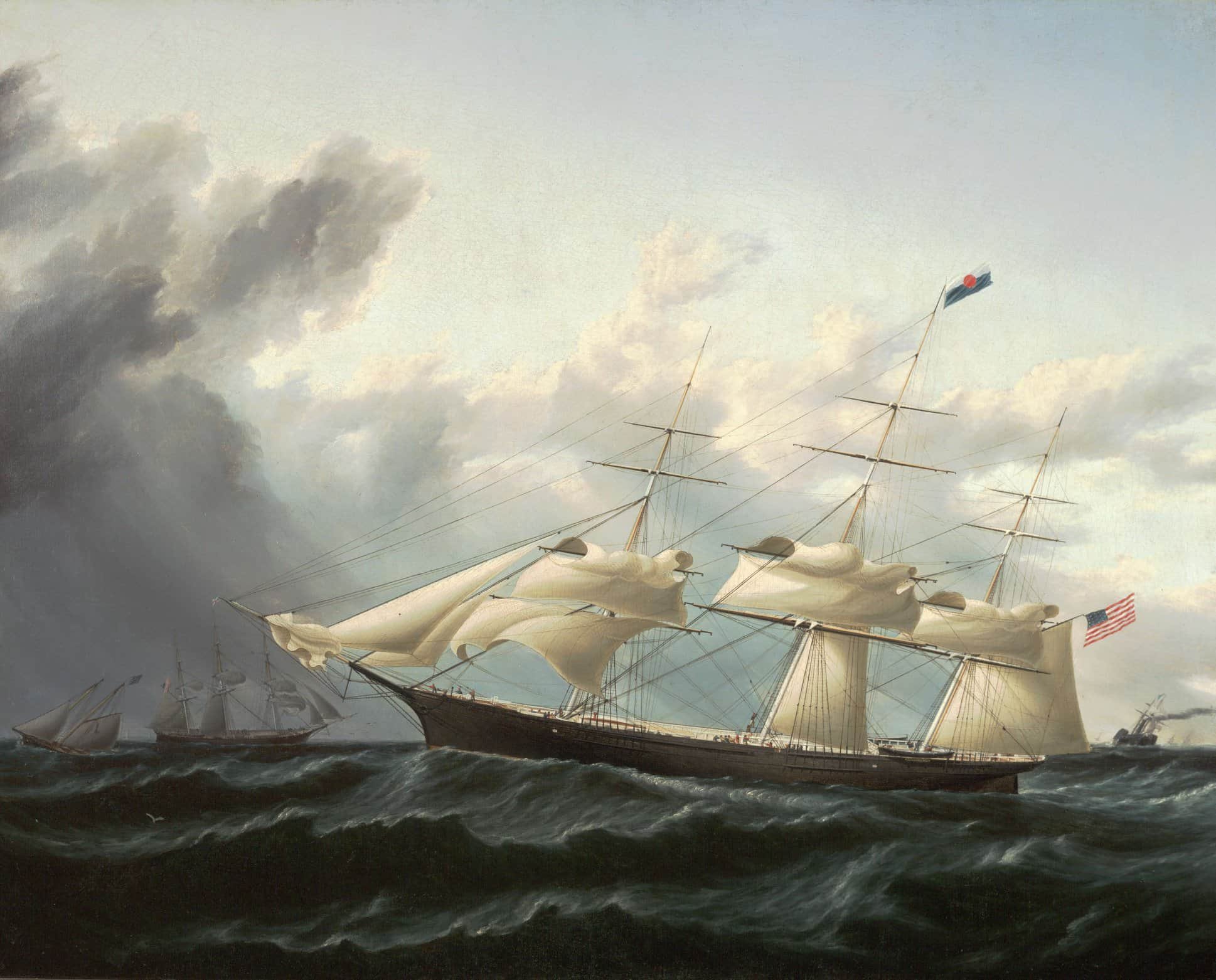
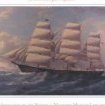
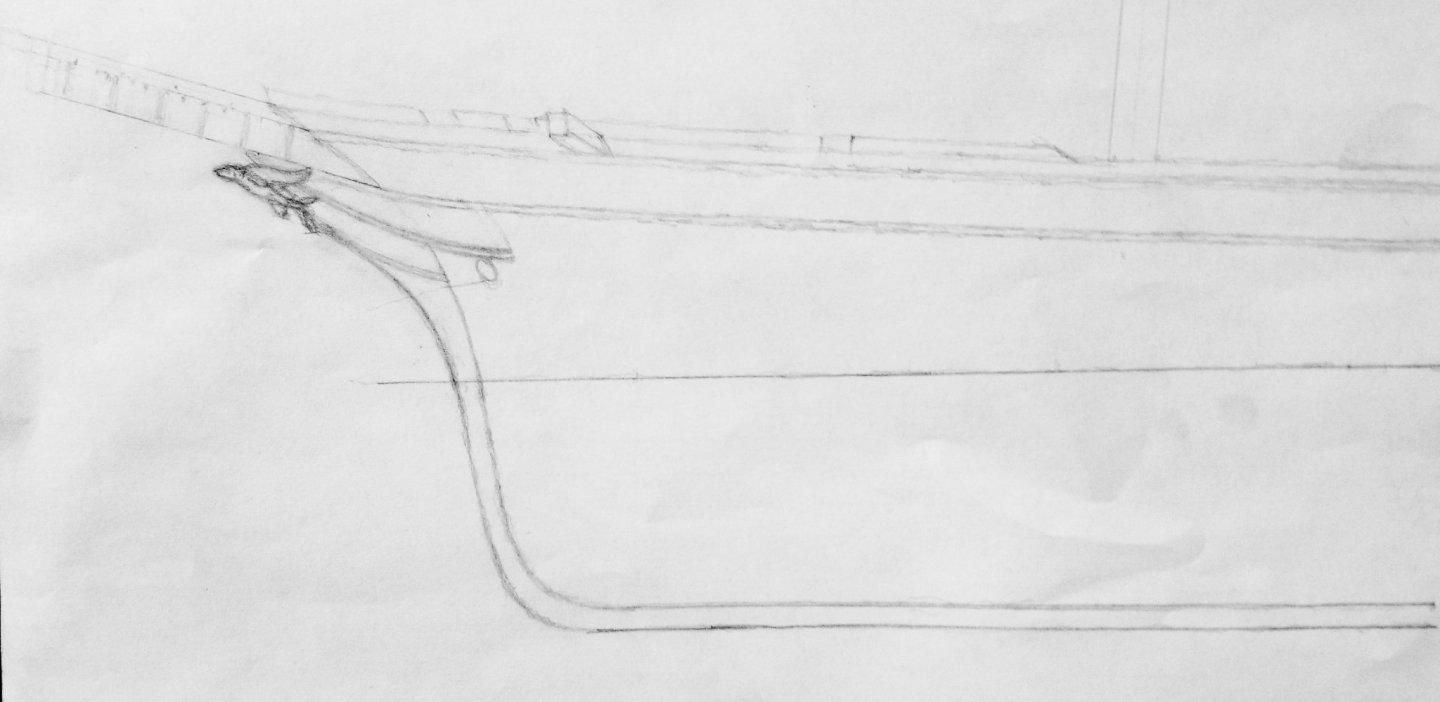
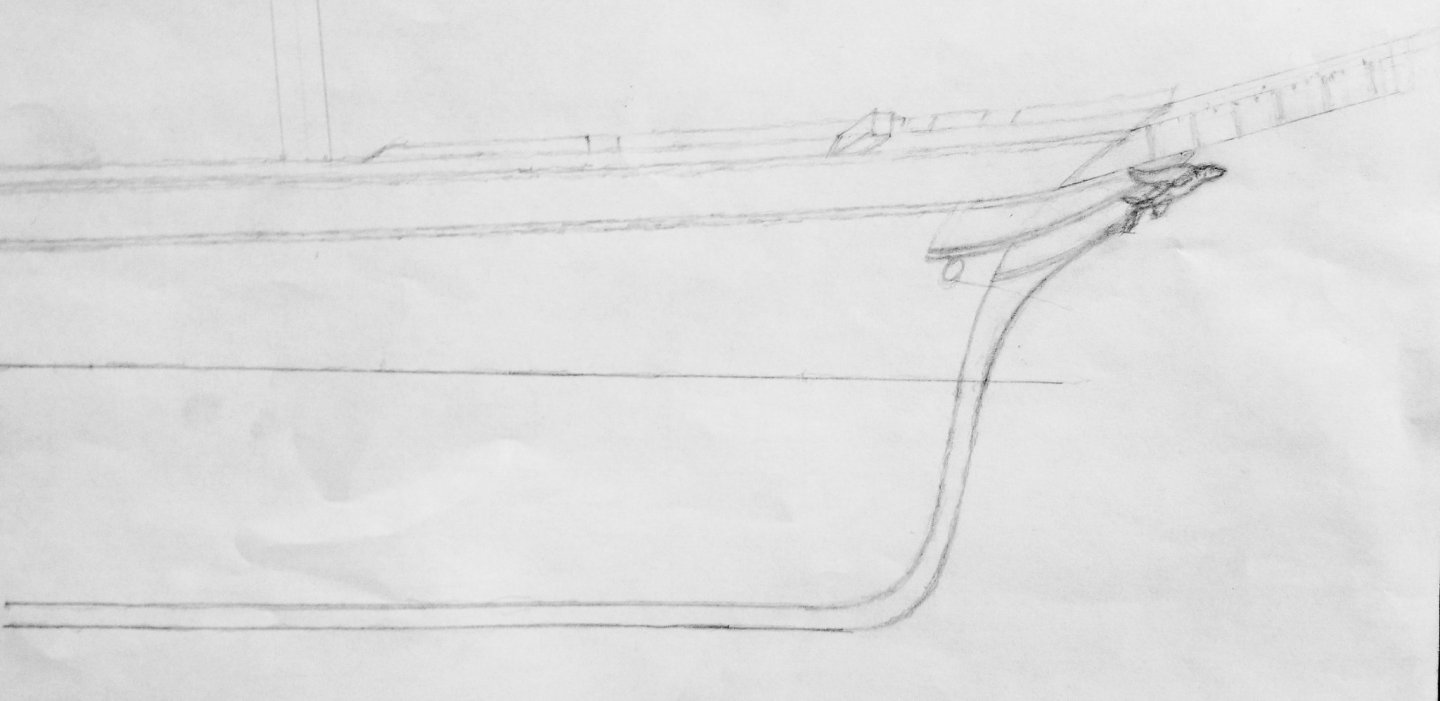

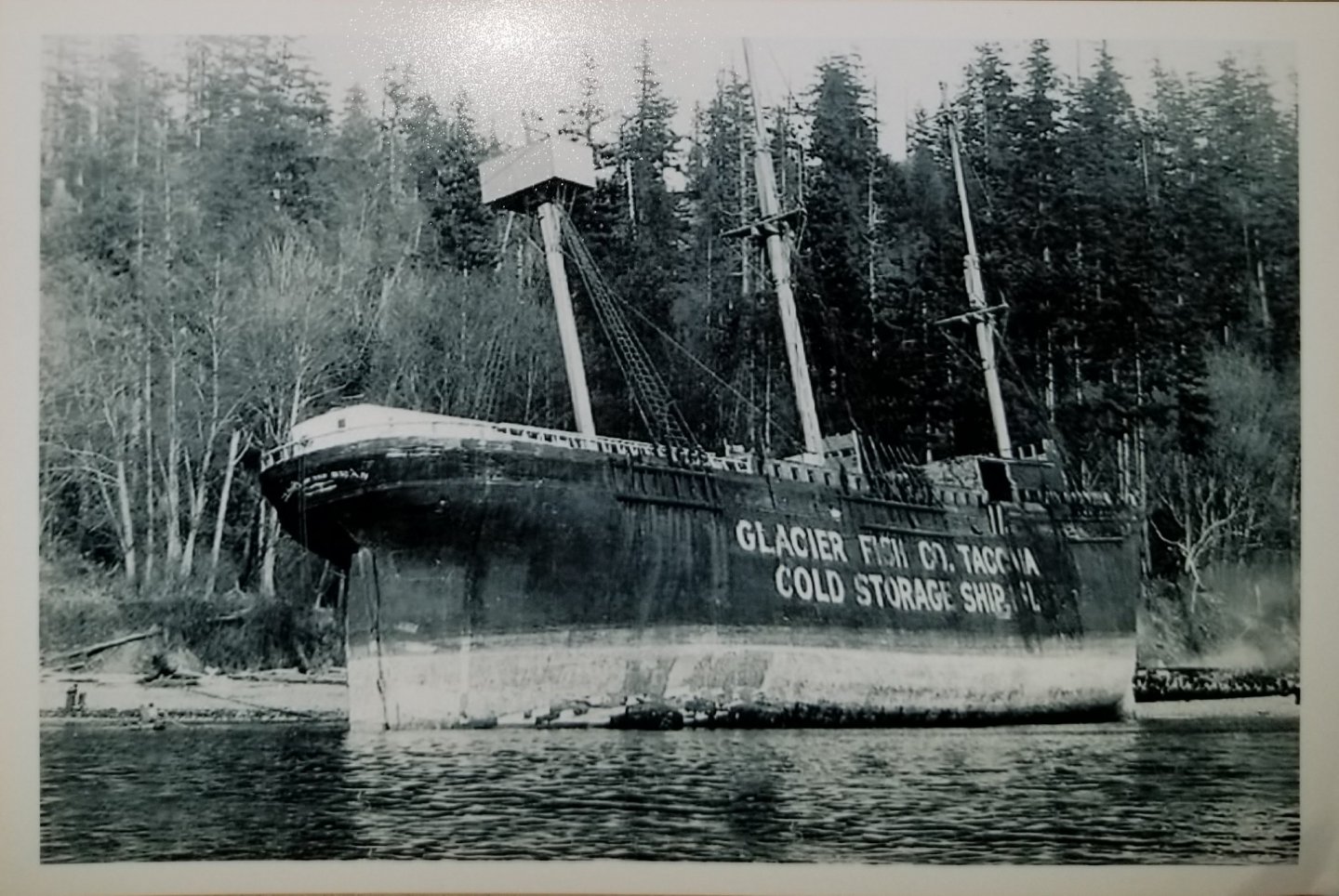

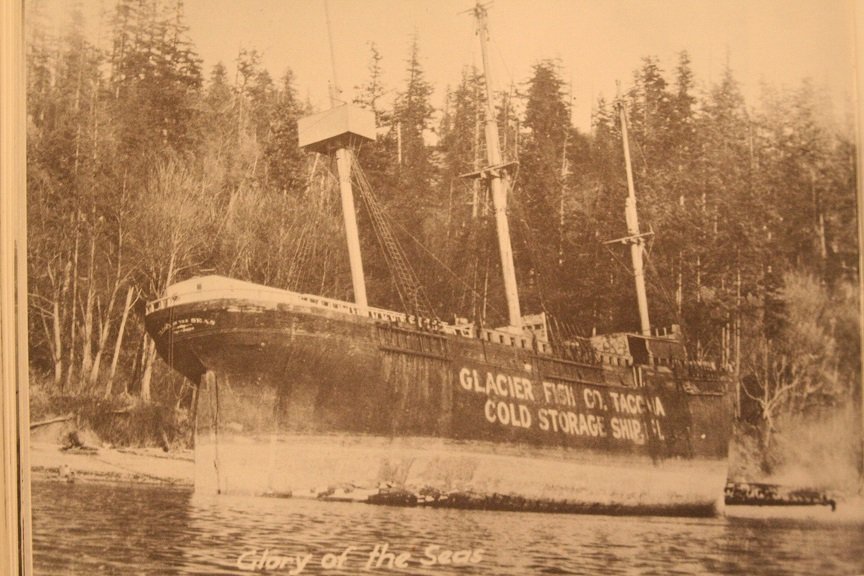
.jpg.3ea8b9e0547235f805fd1b575e1ef1c4.jpg.ec0bca432389e03d1bf04ec7e44f3789.jpg)

